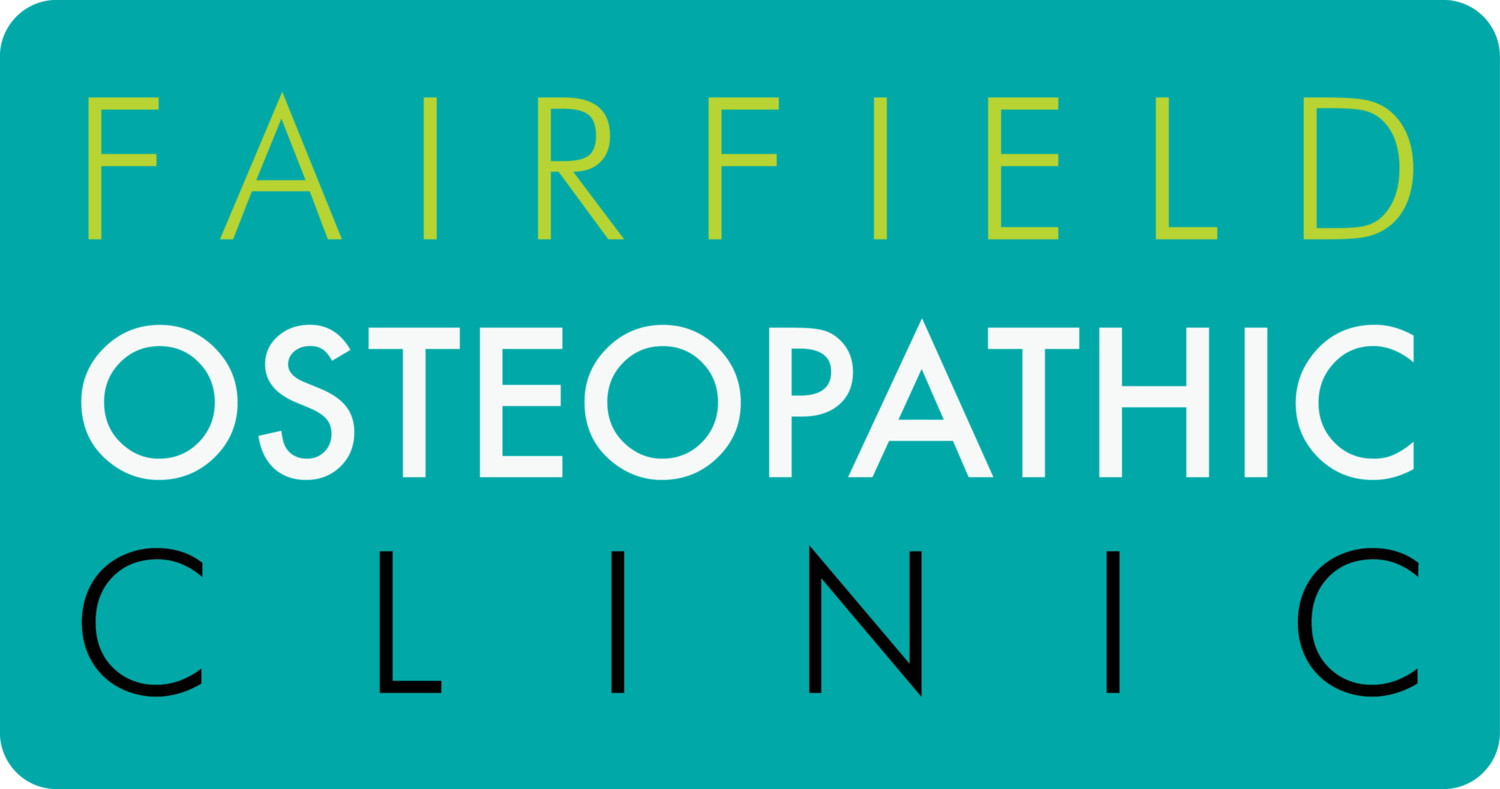Referrals from Dr Google
Why Dr Google isn’t always enough.
A colleague of mine in Canberra recently saw a teenage girl whose mother had noticed a curve in her spine. Her mother was worried and took her daughter to her GP. She was diagnosed with a Scoliosis and referred for X-rays. The X-rays suggested the curve was so pronounced she was a candidate for bracing and/or surgery and the GP referred her to Canberra Hospital. Due to the nature of a regional hospital, Canberra didn’t have anyone appropriate to help the girl and sent her away. Unfortunately, they didn’t provide any further referral advice.
As the mother was a client of my colleagues, she asked if she could review her daughter’s situation. My colleague assessed her, read the report, looked at the X-rays and agreed with the findings. Your garden variety Scoliosis* is rarely anything to be concerned about but this girl’s Scoliosis was very pronounced and due to her age, was at risk of progressing with potentially serious side effects. My colleague knew, in this case, her place wasn’t in providing hands-on therapy or exercise advice. The young girl didn’t have any pain. She reassured both the parent and young patient she would look into what the protocol was from this point.
The Mishits
My colleague completed a Google search of her own. The initial hits were private clinics offering exercise therapy from physiotherapists and spinal alignment from chiropractors. Either of these methods, even with the fanciest websites, and expensive treatment programs weren’t offering much for a spinal curve that could impact the long-term health of this young girl. As an Osteopath interested in the evidence behind making decisions in clinic she dug a little deeper and started to search journal articles and systematic reviews about Scoliosis.
Good advice, and therefore opinion, should change as new research enters the fold; exercise, bracing and surgery were all still in the offing but they were used for different grades of Scoliosis. And she was no closer to finding an expert who could help this young girl with her choices.
The Resolution
Many health professionals, especially Osteopaths, often work in isolation. For a whole lot of reasons it can be hard to communicate with other health professionals. It’s called cross-referral.
My colleague rang me to discuss the situation. I followed up her phone call by speaking to a friend who is a paediatrician at the Royal Children’s Hospital in Melbourne. She suggested sending her to a big centre in Sydney to see a paediatric orthopaedic surgeon for assessment and advice. Her advice emphasised consulting a bigger centre as even bona fide specialists are prone to working in isolation. They might have forgotten to keep up with the evidence and then you can be right back where you started.
There are also particular ways to take an X-ray of a Scoliosis that give a more accurate measure of the curve. A big centre will organise this and it may mean this girl is not in as dire situation as her report suggests. That’s worth knowing.
Occasionally, especially when it comes to making decisions about our health, we find ourselves at a loss, and we turn to Google for advice. As magical as Google is, it doesn’t always cough up the best evidence-based advice. There are a lot of people with something to sell, trying to make their living on the WWW.
There are also some amazing people, who have studied a long time and continue to gather the evidence, and question the current dogma in support of what they do. They may not have as much time to construct websites and complete digital marketing strategies that mean they’re ‘top of the pops’ on a Google search. What they do have is more than an opinion. In the case of this young girl, she was best off to navigate the fragile behemoth that is our amazing public health system. My colleague, an Osteopath, has the skills, contacts and strategy to help her navigate the system, interpret the advice and provide reassurance. She will also be there to help rehabilitate her after intervention with movement advice or provide pain relief - should she need it.
My take home point
The health professional you visit, whether it’s your GP, Osteopath, Maternal and Child Health Nurse, Naturopath or Dentist, should be interested in providing advice and treatment based on current best practice, science and research.
Times have changed and will continue to do so. The healthcare/medical sphere is continuing to evolve. As a consumer, it is in your best interest to seek out the professionals that are interested in treating you in this manner because then your healthcare complaint will be managed with the most current information available - NOT ‘this is how we’ve always done it’.
The Osteopaths at Fairfield Osteopathic Clinic are all university trained in their area of expertise. They know their limitations. They have the skills to navigate the healthcare system and will better equip you in your journey. As Osteopaths we also have more time to provide this extra support you require ….. GP’s are VERY busy people.
(1) Epidemiology of adolescent idiopathic scoliosis. Markus Rafael Konieczny, corresponding author Hüsseyin Senyurt, and Rüdiger Krauspe. J Child Orthop. Feb 2013; 7(1): 3–9.
* Very few humans on this planet have ‘perfect’ alignment. Millions of people have Scoliosis (1) - a sideways curvature of the spine - with no undue stress or strain placed on any part of our bony structure, or the muscles and ligaments that attach to it.
Extra information
The Internet is an amazing resource, full of information and misinformation. This is a great link that questions the value of opinion: http://theconversation.com/no-youre-not-entitled-to-your-opinion-9978

